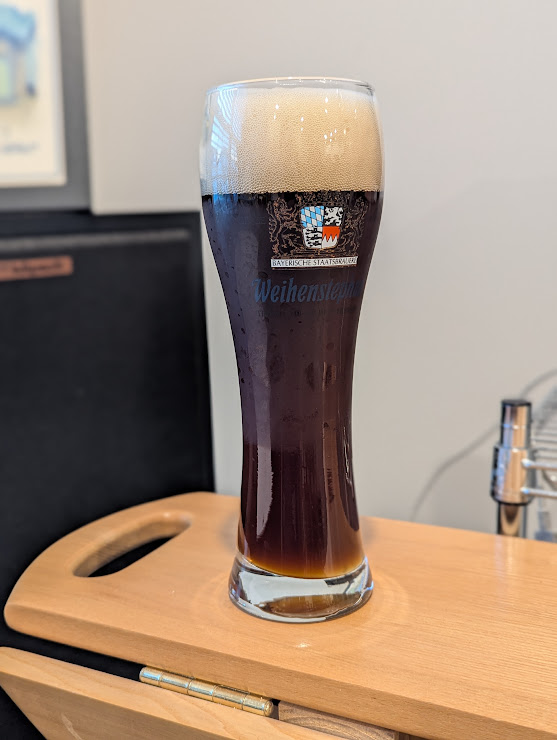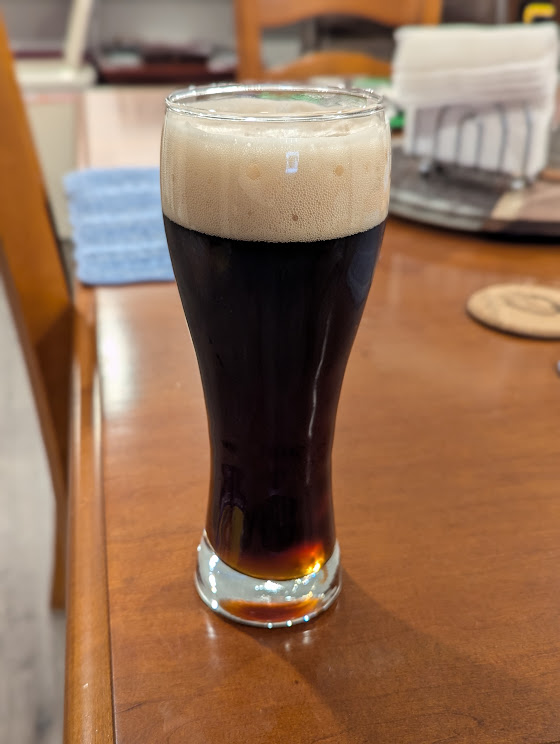I was expecting a higher final gravity (1.056)… even then I understand it’s still a healthy pitch (didn’t read SG until Tilt was tossed in). We’ll see. Will likely harvest the yeast and brew again anyway so.. experiment it is. I haven’t overpitched a hefe to tell you the esters will be completely gone, but have underpitched and warm fermented a hefe and still haven’t gotten the banana I wanted. If it lacks flavor I’ll be severely underpitching the next one lol. On the bright side, I’ll have hefe yeast for a whileWhy did you pitch so much? I cannot imagine you will get any significant ester character with that much of an overpitch.
Last edited:












![Craft A Brew - Safale S-04 Dry Yeast - Fermentis - English Ale Dry Yeast - For English and American Ales and Hard Apple Ciders - Ingredients for Home Brewing - Beer Making Supplies - [1 Pack]](https://m.media-amazon.com/images/I/41fVGNh6JfL._SL500_.jpg)













































